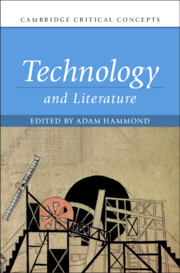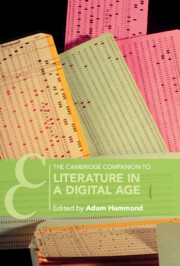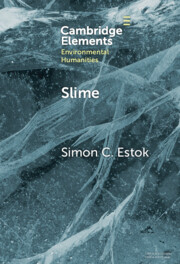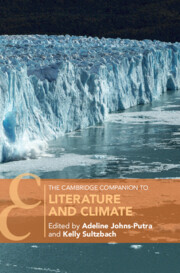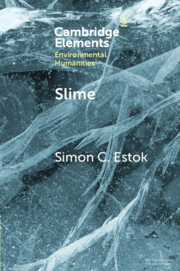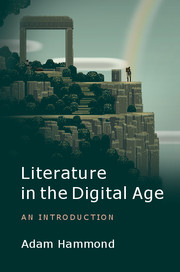Technology and Literature
Whereas previous books have explored how literature depicts or discusses scientific concepts, this book argues that literature is a technology. It shows how literature has been shaped by technological revolutions, and reveals the essential work that literature has done in helping to uncover the consequences of new technologies. Individual chapters focus on how specific literary technologies – the development of writing, the printing press, typewriters, the computer – changed the kinds of stories it was possible to tell, and how one could tell them. They also cover the way that literature has engaged with non-literary technologies – clocks, compasses, trains, telegraphs, cameras, bombs, computer networks – to help its readers to work through the new social configurations and new possibilities for human identity and imagination that they unveil. Human life is inescapably mediated through technology; literature demonstrates this, and thus helps its readers to engage consciously and actively with their technological worlds.
- Shows how major technological shifts – from the invention of writing to the development of digital text – affected literary production
- Provides a series of readable chapters on literary engagements with particular technologies, from compasses to cameras to bombs
- Essays present media history in an accessible and engaging way
Product details
December 2023Hardback
9781108472586
350 pages
236 × 155 × 29 mm
0.76kg
Available
Table of Contents
- List of figures
- List of contributors
- Timeline
- Introduction Adam Hammond
- Part I. Origins:
- 1. Orality and writing I. J. MacRae
- 2. Manuscript Bonnie Mak
- 3. The hand press, 1450–1800 Paula McDowell
- 4. The mechanical press, 1800–1900 Simon Reader
- 5. The typewriter Darren Wershler
- 6. Literature in the electric age Lise Jaillant
- 7. Digital text Maxwell Foxman
- Part II. Developments:
- 8. Prostheses Alice Hall
- 9. Clocks Scott Lightsey
- 10. Compasses Chris Barrett
- 11. Telescopes Peter C. Herman
- 12. Steam engines Nicola Kirkby
- 13. Wires Aaron Worth
- 14. Cameras Beci Carver
- 15. Phonographs Jason Camlot
- 16. Waves and rays Jennifer A. Janechek
- 17. The bomb Ann Larabee
- 18. Networks David Ciccoricco
- Part III. Applications:
- 19. Distant reading Natalie M. Houston
- 20. Visualization Daniel Carter
- 21. Digital editions Susan Brown
- Index.

